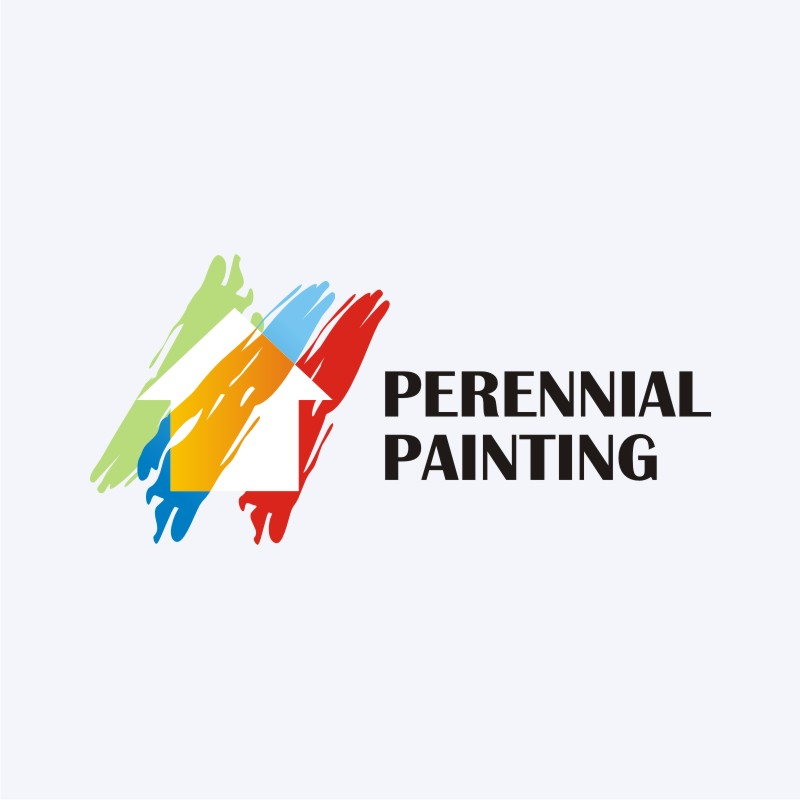Thorough Summary For Prepping Your Wall Surfaces Prior To Using Paint
Thorough Summary For Prepping Your Wall Surfaces Prior To Using Paint
Blog Article
Content Author-Soelberg Balslev
When you're prepping your walls for painting, it's crucial to follow a systematic process to guarantee a remarkable surface. Start by taking a look at the wall for any damage; this action can make or break your job. When you've recognized any concerns, cleansing the surface area properly is essential, as an unclean wall surface can influence paint attachment. Afterwards, you'll require to patch any kind of blemishes and use a guide. Yet there are specific techniques and ideas that can boost your preparation game-- let's check out those additional to accomplish the very best outcomes.
Assessing Wall Condition
Before you get your paintbrush, take a minute to analyze your wall surfaces' problem. Check for any type of noticeable damages like fractures, openings, or peeling off paint. These imperfections can impact how the paint sticks and looks as soon as it's completely dry. If you notice any type of significant damages, you'll need to prioritize repairs prior to diving right into painting.
Look closely at the texture of your wall surfaces. Is the surface smooth, or exists structure that might call for unique factor to consider? Smooth walls generally call for less preparation, while distinctive surfaces might need even more time to paint equally.
Additionally, think about the previous paint work. If the old paint is glossy, it mightn't permit new paint to stick appropriately. You'll want to know if your wall surfaces have actually been painted with oil-based or water-based paint, as this can impact your option of guide or paint.
Finally, remember of any dampness problems. If basement painting see indicators of water damages or mold, address these issues promptly to prevent further complications.
Cleansing the Surface
As soon as you have actually examined the problem of your wall surfaces, the next step is cleaning the surface area. Begin by gathering your supplies: a pail, warm water, a moderate cleaning agent, a sponge or cloth, and a scrub brush for harder places.
Begin at the top corner of the wall and function your means down. Mix the cleaning agent with warm water in your pail, then dip the sponge or cloth into the service. Wring it bent on stay clear of excessive moisture on the walls.
As you clean, pay attention to areas that might've built up dirt, oil, or finger prints. For persistent spots, utilize the scrub brush carefully to stay clear of damaging the paint underneath. Rinse your sponge or towel regularly in clean water to avoid spreading out dust around.
After cleaning, it's essential to clean the walls with a moist towel to remove any type of soap deposit. This action makes sure a smooth surface area for the brand-new paint to follow.
Enable https://www.sandiegouniontribune.com/lifestyle/home-and-garden/story/2022-05-14/time-to-paint-your-homes-exterior-heres-what-to-expect-and-how-to-find-a-professional to completely dry totally before proceeding to the next prep work steps. This detailed cleaning process will certainly help produce a fresh canvas for your painting project, making certain the best outcomes.
Patching and Priming
Patching and priming are crucial steps in preparing your wall surfaces for a fresh layer of paint. Initially, check your wall surfaces for any kind of openings, fractures, or blemishes. Utilize a high-grade spackling compound or patching paste to fill these areas.
Use the compound with a putty blade, smoothing it out so it's flush with the surrounding surface. Permit it to completely dry totally, and afterwards sand it gently up until it's smooth and also.
When you have actually covered every little thing, it's time to prime. Guide aids secure the covered locations, ensuring the paint sticks properly and provides a consistent coating. Pick a primer appropriate for your wall kind and the paint you'll be utilizing.
Use the primer utilizing a roller for bigger locations and a brush for edges and sides. If your patched areas are substantially large or permeable, you may want to use a 2nd coat of guide after the first one dries out.
After priming, let everything dry extensively prior to going on to paint. This preparation will not just boost the appearance of your wall surfaces but likewise lengthen the life of your paint work.
Take your time, and you'll be pleased with the results.
Final thought
By complying with these straightforward actions, you can accomplish a smooth and professional coating on your walls. Beginning by analyzing their condition, then clean and spot any flaws prior to using primer. Keep in mind to allow adequate drying out time and guarantee whatever is smooth before you study painting. With the right preparation, you'll establish the stage for a lovely change in your room. Now, collect your materials, inhale the fresh air, and prepare to repaint!
